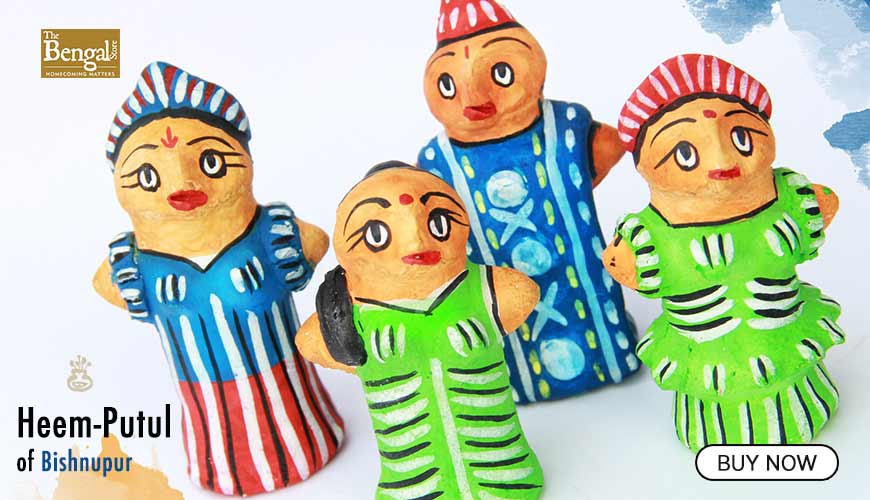We speak of Terracotta temples, but not of Terracotta mosques of Bengal! Hidden treasure
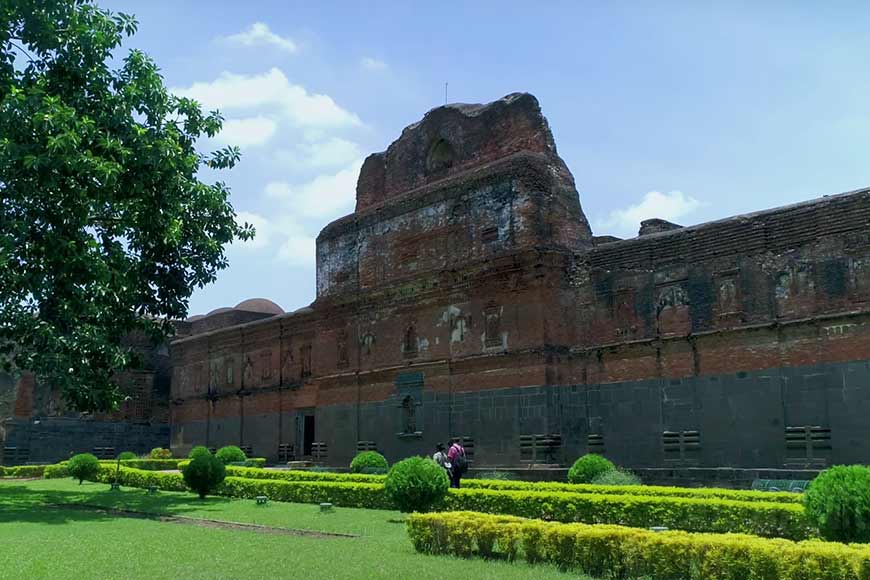
We talk of Terracotta Temples of Bengal, but hardly ever speak of the Terracotta Mosques, the hidden architectural treasure of Bengal. Bengal as the land of amalgamation of art and religion, found patrons even among the Muslim rulers who used the fine Terracotta work of Hindu artisans on their mosques. Bengal’s rich alluvial soil washed downstream by the mighty rivers here helped to get enough clay, that was fired and burnt to make Terracotta brings and plates that went into the making of these mosques.
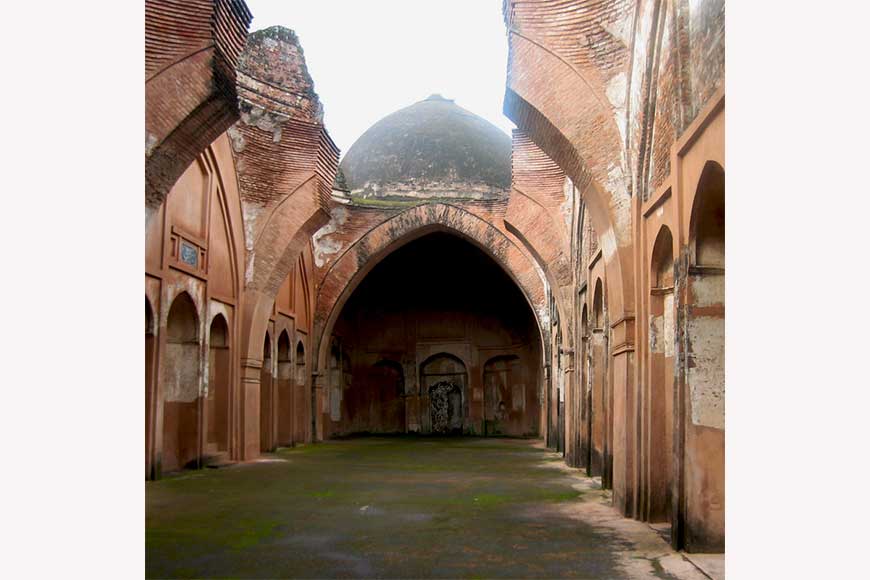 Kherur Mosque
Kherur Mosque
Found in many districts of West Bengal such as Malda, Murshidabad, Birbhum and Burdwan and even in neighbouring Bangladesh, these mosques display splendid craftsmanship and are beautifully ornamented. It is believed Ikhtiyar al-Din Muhammad bin Bakhtiyar Khilji, an Afghan general, at the end of the 12th century started building these Terracotta mosques. Infamous as the man who destroyed the Buddhist universities of Nalanda and Vikramshila, he went on to capture the Sena kingdom in 1203 CE, thereby ushering the period of Islamic rule over Bengal.
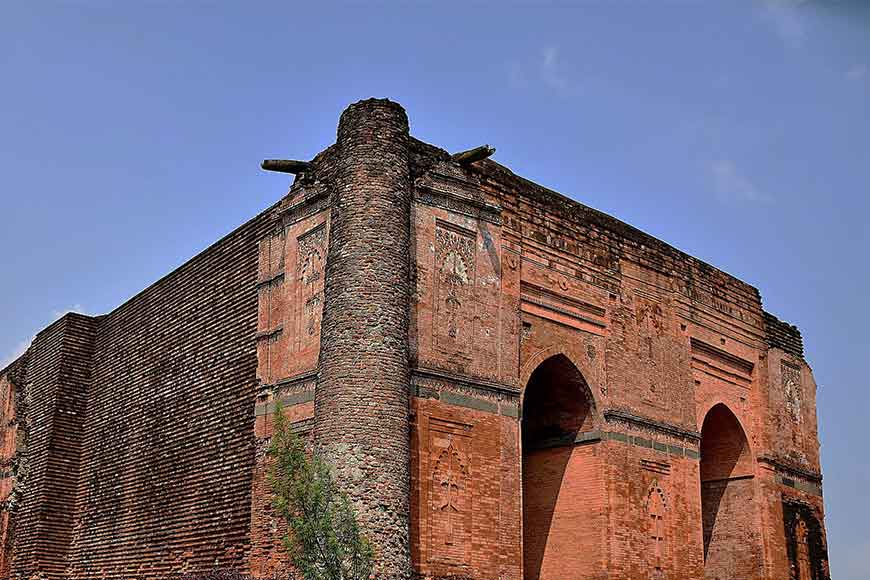 Tantipara Mosque
Tantipara Mosque
At the time, clay was the construction material of choice in Bengal as stone or hardwood was not available in this region. With the collapse of the Delhi Sultanate in the mid-14th century, a number of independent kingdoms emerged, including the Sultanate of Bengal (1338 CE). The rulers of the Bengal Sultanate built a number of mosques across Bengal between 1350 CE and 1550 CE, during which the art of terracotta decoration reached its zenith. As per historian Nihar Ghosh and his book Islamic Art of Mediaeval Bengal Architectural Embellishments (2003) mentions that ‘panels on the walls, doorways and spandrels including niches are sometimes profusely ornamented by terracotta panels and curved brick work’.
However, terracotta motifs of mosques were different from temples, where primarily one got to see human and animal figures. The designs reflected architectural influences from Central Asia and the Delhi Sultanate. Blended with local influences, glazed terracotta and pierced mosaic were introduced. Bengali artisans added their own ornamental designs and compositions derived from folk art. Such splendour is still seen in some of the best examples of Terracotta work on mosques of Gaur and Pandua, modern day Malda.
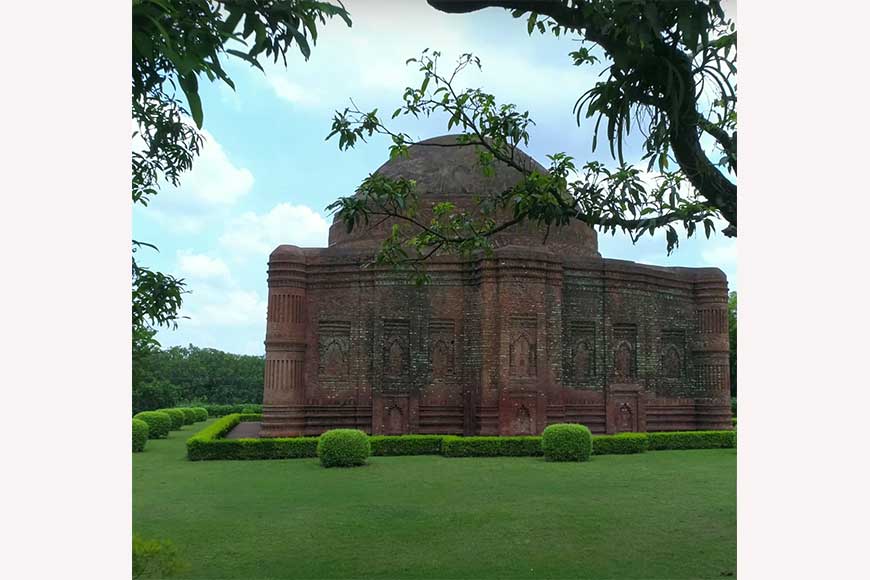 Lotton Mosque
Lotton Mosque
Take for examples Lotton Mosque (1475 CE) considered to be the best surviving example of glazed terracotta work and pierced mosaic in West Bengal. Borrowed from the Delhi Sultanate and Central Asia architecture, the manufacturing process is painstaking. Adina Mosque was once the largest mosque on the Indian subcontinent. This colossal structure was built by Sultan Sikandar Shah between 1364 CE and 1375 CE. It has 28 terracotta-studded tympanums decorated in floral motifs with hanging lamps. While the Tantipara Mosque, built by Mirshad Khan in 1480 CE has terracotta decorations of a wide variety. Motifs like the date tree and long-stalked cones, lamp-hanging with suspended chain, ornamental portal with Purnaghat motif (influenced by Hindu design) can be seen on its walls.
While the Badi Masjid of Pundooah built around 1300 CE, has 63 domes on the roof resting on Terracotta brick arches supported by stone pillars. Same influence we find in the Kherur Mosque of Murshidabad, that was built by Rafat Khan during the reign of Alauddin Hussain Shah in AD 1494 CE. It’s intricate Terracotta works adorning its exterior walls and arches are still praiseworthy though they are almost crumbling now.







